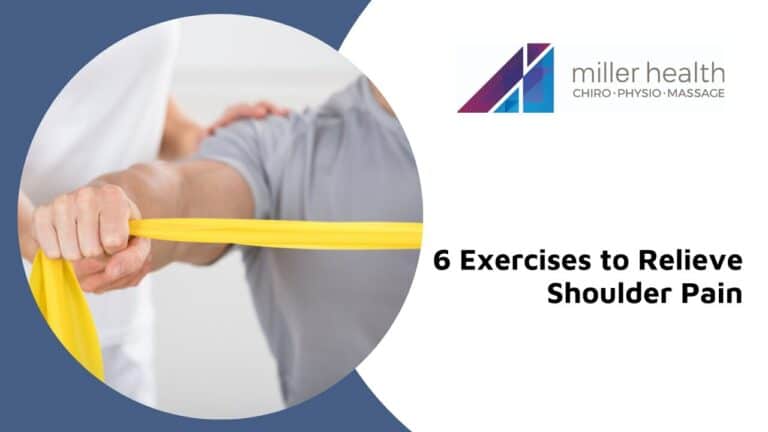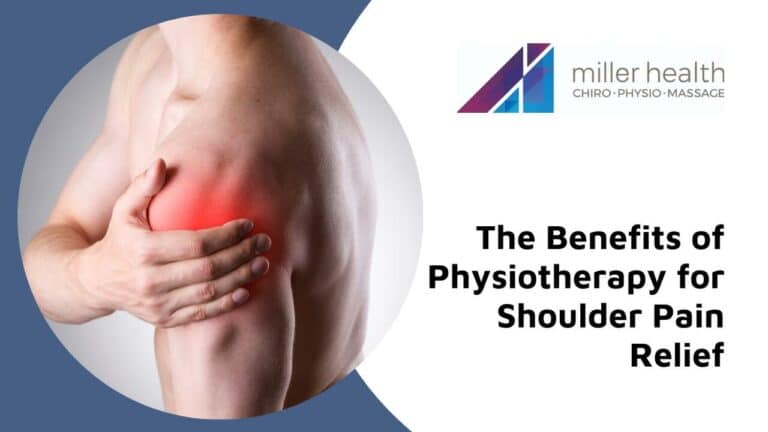
Did you know that 1 in 5 Canadians have osteoarthritis? It can be a debilitating condition that changes your daily activities. So what exactly is osteoarthritis, what causes it, and how can we prevent it from occurring?
What Is Osteoarthritis (OA)?
OA is a condition in which the lining of the femur (thigh bone), tibia (shin bone), and patella (knee cap) known as cartilage starts to change. This cartilage is known as articular cartilage which allows the joint to move smoothly as a unit, preventing any unnecessary friction. When this cartilage starts to degenerate, it causes the joint to move less and increases friction.
If we think about other things that we come across in our life that are in constant movement, over time, we wouldn’t expect them to be as efficient as the day we got them. So why aren’t we talking about OA the same way and thinking of it as age-related changes?
What Causes OA?
If we are always trying to avoid developing OA we are always curious about what causes it in the first place. A quick Google search may lead you down the road of finding that increased weight or impact activities can cause OA, but that may not be the only answer and it’s more than likely not the only reason for developing OA. Instead of labelling things as a cause, it would be better suited to name them as risk factors as there are relationships between OA and certain things, it can never be directly labelled as the cause. Some risk factors for developing OA include:
If we look at this list of risk factors, we really only have control over a few of them, and even if we try to limit some risk factors we could still end up developing OA. So why not enjoy the things you enjoy doing?
What Are the Symptoms of Osteoarthritis?
If you are suspecting that there is OA within the joint you may notice a few changes within your body. Some symptoms include:
These are some of the symptoms that you might be starting to experience, however, it is always important to get a professional opinion from your doctor or local physiotherapist in Orillia for a diagnosis of your pain.
OA can be daunting as we age, however, it is a very common occurrence and not always something that we need to rush to get surgery for. If you’re concerned, book an appointment with one of our physiotherapists about what can be done to keep you doing the things you love!
Can Knee Osteoarthritis Be OK?
Let’s talk about osteoarthritis or commonly referred to as “arthritis”. It’s one of those things we never want to hear because it sometimes signals that our age is starting to catch up with us, and more likely than not we know someone that has had a negative experience with arthritis.
But what if these age-related changes didn’t tell us the whole story? One study looked at people over the age of 40 that were pain-free and took MRI imaging of their knees. Did you know what they found? That about 43% of the individuals studied had osteoarthritic changes in their knees!
So what does this mean? It means that not only can you have decreased or no pain with osteoarthritis but you can also continue to enjoy the things that matter to you.
If it is possible to have no pain with osteoarthritic changes in our knees, what makes one person’s experience that much worse compared to another’s when similar changes are occurring within the body? The short answer is that there are a variety of factors that influence our pain response. But let’s say I have osteoarthritis and my mom had a bad experience with her osteoarthritis, I will more than likely assume my experience will be just as bad.
Then I have been told that my knee is “bone-on-bone” so I decide to stop using my knee and stop doing my daily walks, playing pickleball, and gardening (all enjoyable activities). All these factors can play a role in how our body experiences pain through our nervous system now telling us – “Hey something is going on here, and we don’t like it so here’s some pain to make you do something about it, or reduce your time doing those enjoyable activities”.
How To Reduce Pain From OA?
Now we’re not saying that the structure of our knee doesn’t play a factor in our pain levels but we are starting to see that it’s not the only factor. So what can we do to reduce the pain and continue with our enjoyable activities?
The first thing we want to do is to keep our bodies moving. Physical activity can be some of the best medicine for osteoarthritis, and even more so if it’s something that you enjoy doing. Physical activity can take the form of many shapes and sizes whether it be in the gym, walking, pool-based exercise, bike riding… the list goes on. The important thing about activity is finding the right dose to help slowly dial back that painful response.
Key Takeaways
Making any positive changes to your life can be extremely beneficial for pain management and the long-term management of daily activities. So let us at Miller Health help guide you through your rehab and decrease your knee pain from osteoarthritis. And remember motion is lotion, and you can’t go wrong getting strong.
We can help you overcome many common conditions including but not limited to:




